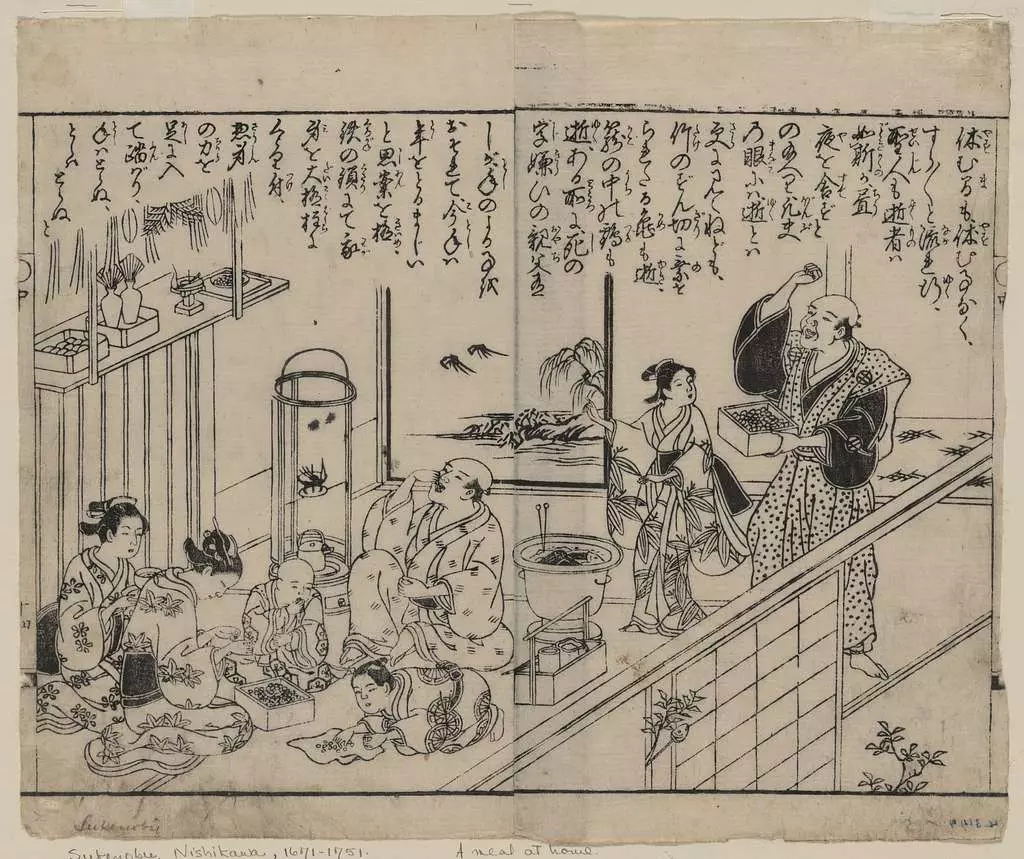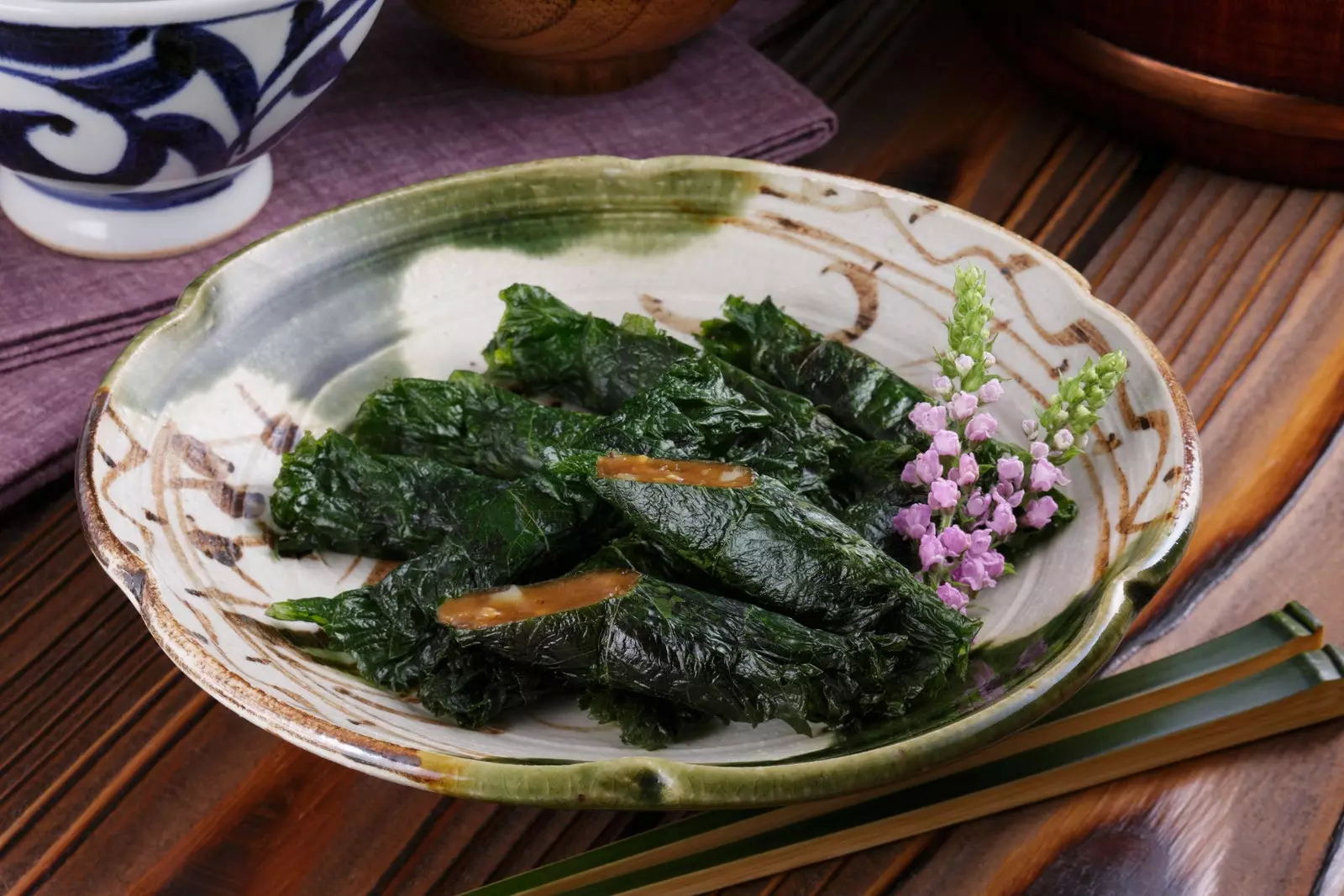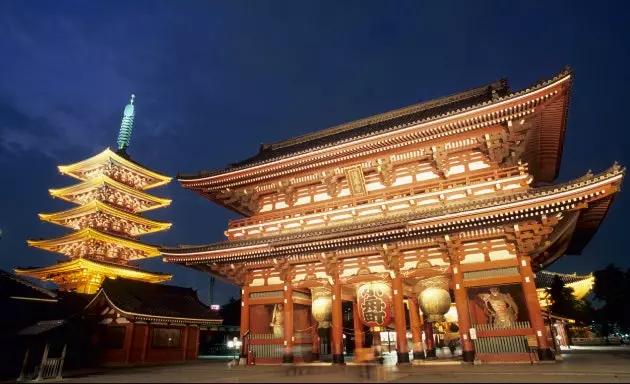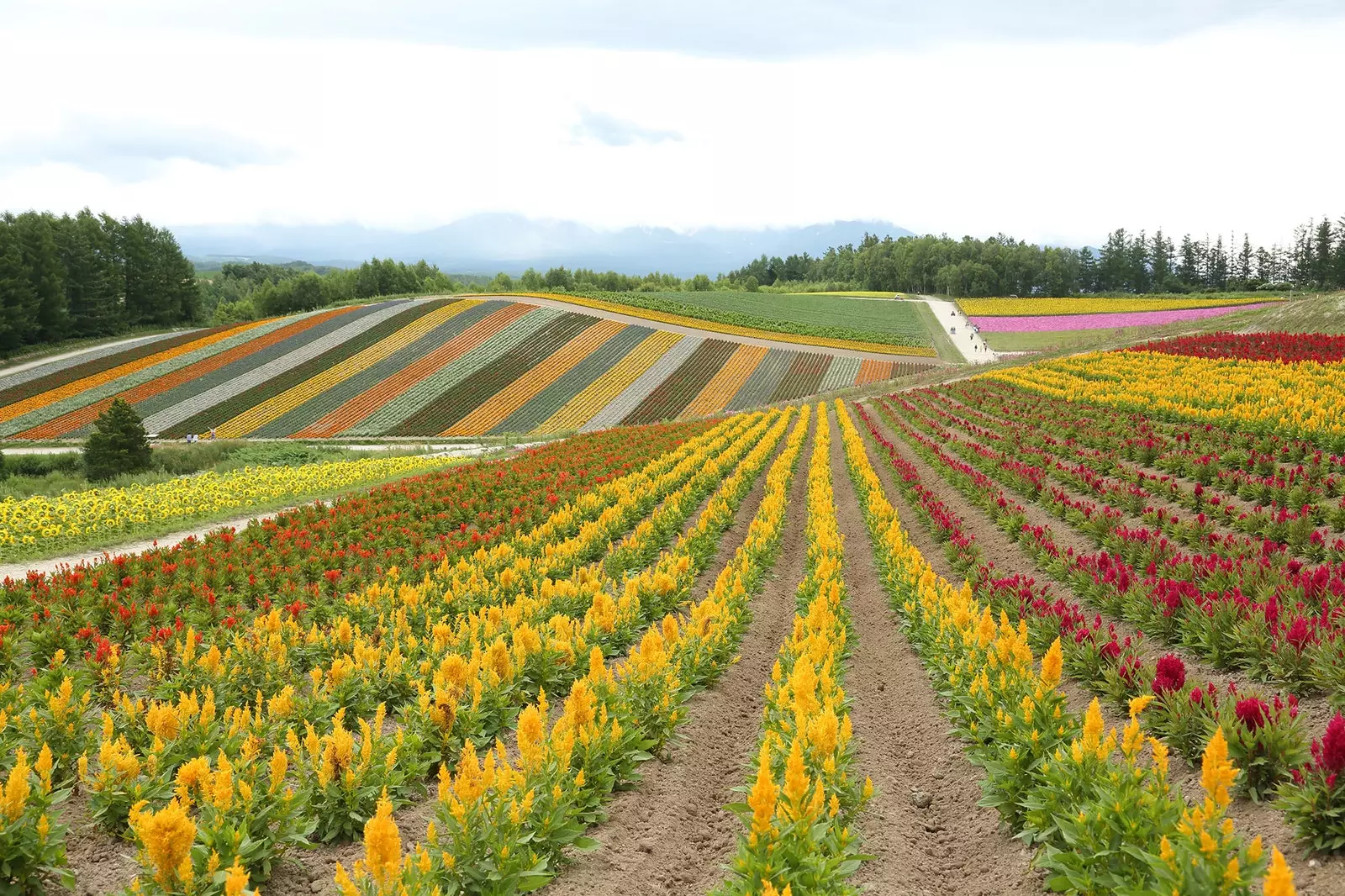February and March are the most significant months for The japanese culture , then comes the Setsubun. Japan celebrates each year one of the most deeply rooted and well-known traditions of its culture, so much so that it could be said that it is a kind of Japanese New Year's Eve. And, as such, they celebrate it in style.
Translation of Setsubun refers to the change and division of the seasons of the year, a stage in which it is marked the end of winter to welcome spring according to the lunisolar calendar.
Although the date on which the start of Setsubun is usually marked is around the month of February, this calendar takes into consideration the phases of both the sun and the moon, so the dates may vary from year to year. In fact there is a very close relationship for this reason with the Chinese New Year calendar, but the dates do not match.

Mamemaki everyday scene during Setsubun, Japan
MAMEMAKI, A NICE DAY FOR AN EXORCISM
One of the beliefs that flutter around the collective imagination Japanese is that with the change of season the Oni usually free themselves and mix with humans on the earthly plane. The Oni are very important within the culture and Japanese folklore as they represent demons or deviant little gods that feed on the souls of people and that only bring evil with them.
It is believed that when someone is a bad person throughout his life he transforms into Oni after his death and his destiny is linked in the non-earthly plane to the torture of the good people who still live on earth. It is possible that this is one of the reasons why Japanese society maintains that education and those good manners, especially considering how superstitious they are in this part of the world.
The Setsubun starts with a cleansing of these evil spirits, what could be defined as a full-fledged exorcism. The ritual begins with what they call “mamemaki”, a tradition that already has seven centuries of history and whose literal meaning is "throw seeds".
This peculiar custom is carried out with soybean seeds, which are thrown in the face of the head of the family of each house. Usually the one receiving the bombardment of soybeans is usually dressed in a mask which represents some Oni.
The throwing of seeds is usually accompanied by phrases to scare off the Onis such as "Hell out" or "May good luck enter", vital for the ritual of exorcism of evil spirits to be effective. Y not only in houses Mamemaki is celebrated, it is very common to attend this show in schools, in many temples and even in street concentrations. In fact, many supermarkets sell a Setsubun kit that includes soybeans and an Oni mask, perfect for those who want to live in the moment or for those clueless tourists.

Shiso maki.
Also, it's very curious. especially in the villages, see how some houses protect themselves from spirits with aromatic plants or plant branches that are considered sacred over the doors. Even the most traditional follow a curious centuries-old custom to decorate the doors with fish heads. This is because centuries ago it was believed that strong odors scared away the Onis, so they used to burn dried fish heads on the doors of the houses to prevent the spirits They entered the houses.
GASTRONOMY AND SUPERSTITION GO HAND IN HAND
As in any festivity, on these dates the Japanese have their own gastronomic customs. In addition to throwing the soybeans, it is said that one grain must be eaten for each year that has passed to date because, in addition to attract luck it is supposed to cause life to be lengthened.
Any Japanese can assure you that In Japan they don't eat sushi regularly. In fact, sushi in all its representations is usually present on the Japanese table when a special occasion arrives. And the Setsubun is one of them. When the end of winter festival approaches, it is tradition eat the ehomaki, that is to say, the fish roll in nori seaweed that we all know in the rest of the planet and that so many passions rise.
But they don't eat maki cut up. Tradition dictates eating it whole, without speaking, without cutting it, in silence and looking in a certain direction, which is that of luck. If this is achieved, the year is lucky for business and health, That is if you manage not to choke. The address of the luck It depends on the cardinal point where the gods are located, which changes every year. This 2022 is located in the Southwest. Also the seven ingredients of ehomaki represent the seven gods of fortune: cucumber, eel, shiitake, tofu, carrot, pumpkin and sweet tortilla.

Sensoji Temple, downtown Asakusa.
The tradition of eat strong-smelling fish to chase away the Onis. That is why during Setsubun Japan used to be filled with sardines, a fish that when cooked gives off a strong odour. But this custom was lost in the most rural areas of the country and it is not easy to find Grilled sardines in the big cities. That's why there are many more reasons to discover other areas of Japan that are great unknown to the eyes of tourists.
PLUS…
There are many places in big cities where you can enjoy a macro party to celebrate Setsubun as in Spain we do with New Year's Eve. One of the most massive takes place in Anakusa Sensoji Temple the most traditional district of Tokyo, considered the "old Tokyo". Thousands of people gather here, among them great celebrities of the country, and a ceremony is held where a giant bonfire is lit.

hokkaido
In some areas of Japan instead of throwing soybeans peanuts are thrown. This practice is very typical of hokkaido island and the reason to substitute soybeans for peanuts is because it is easier to clean and the grain does not get dirty.
The sardine tradition It is not appreciated in the big cities but eating ehomaki is. That is why during the holiday, restaurants in big cities They usually offer this dish among their specialties. It is very likely that you will not see it on the menu, but you can always ask. Happy Setsubun.
